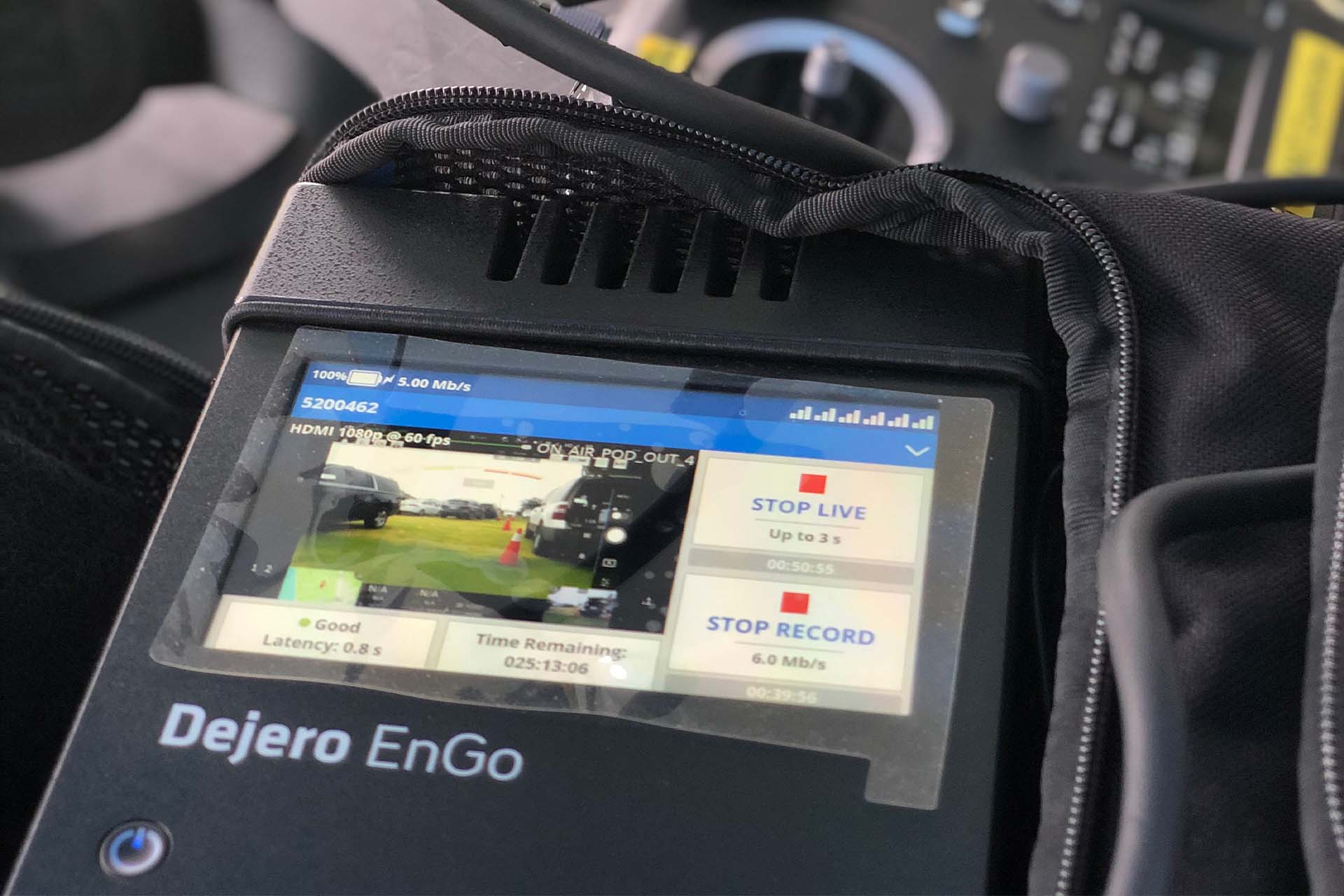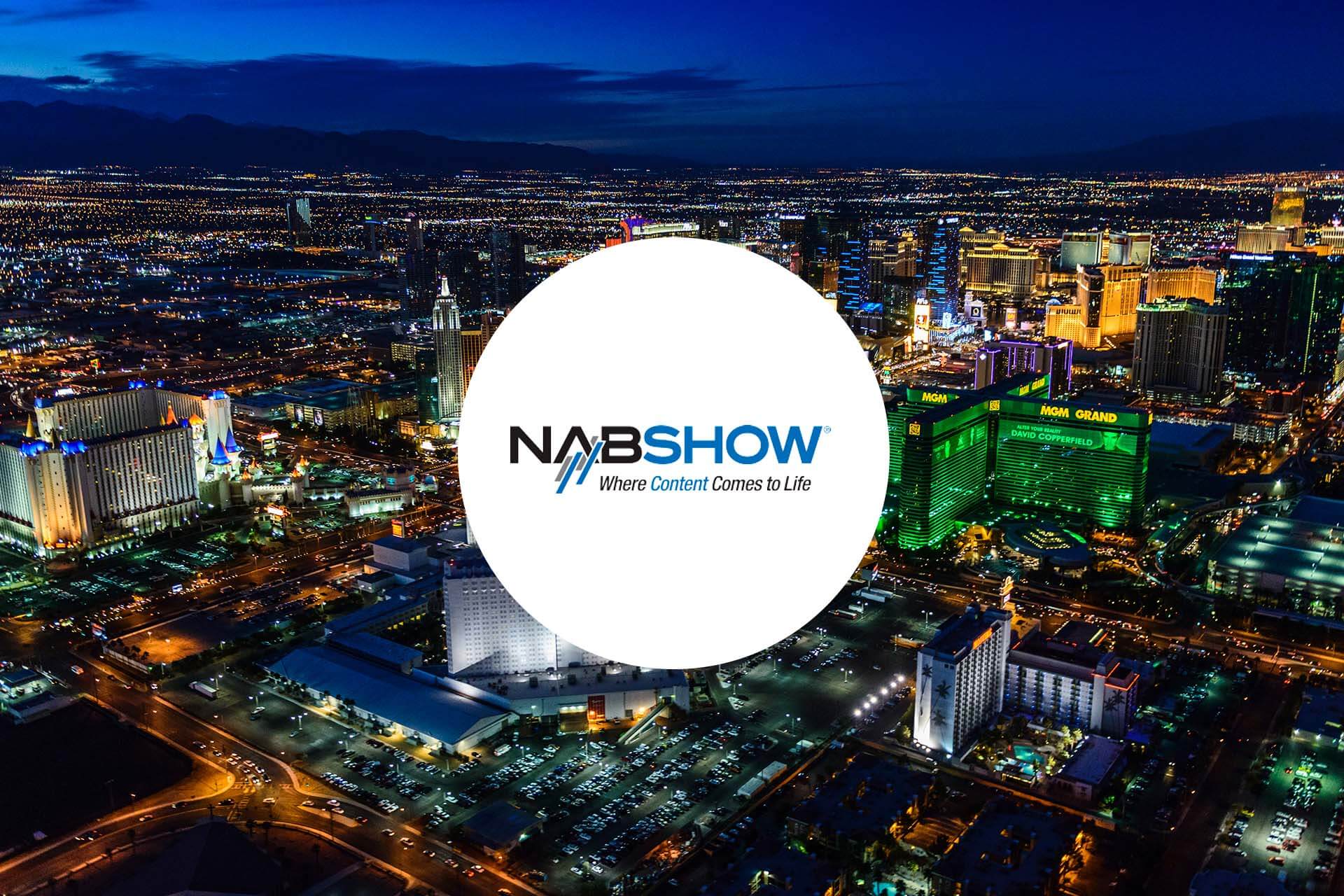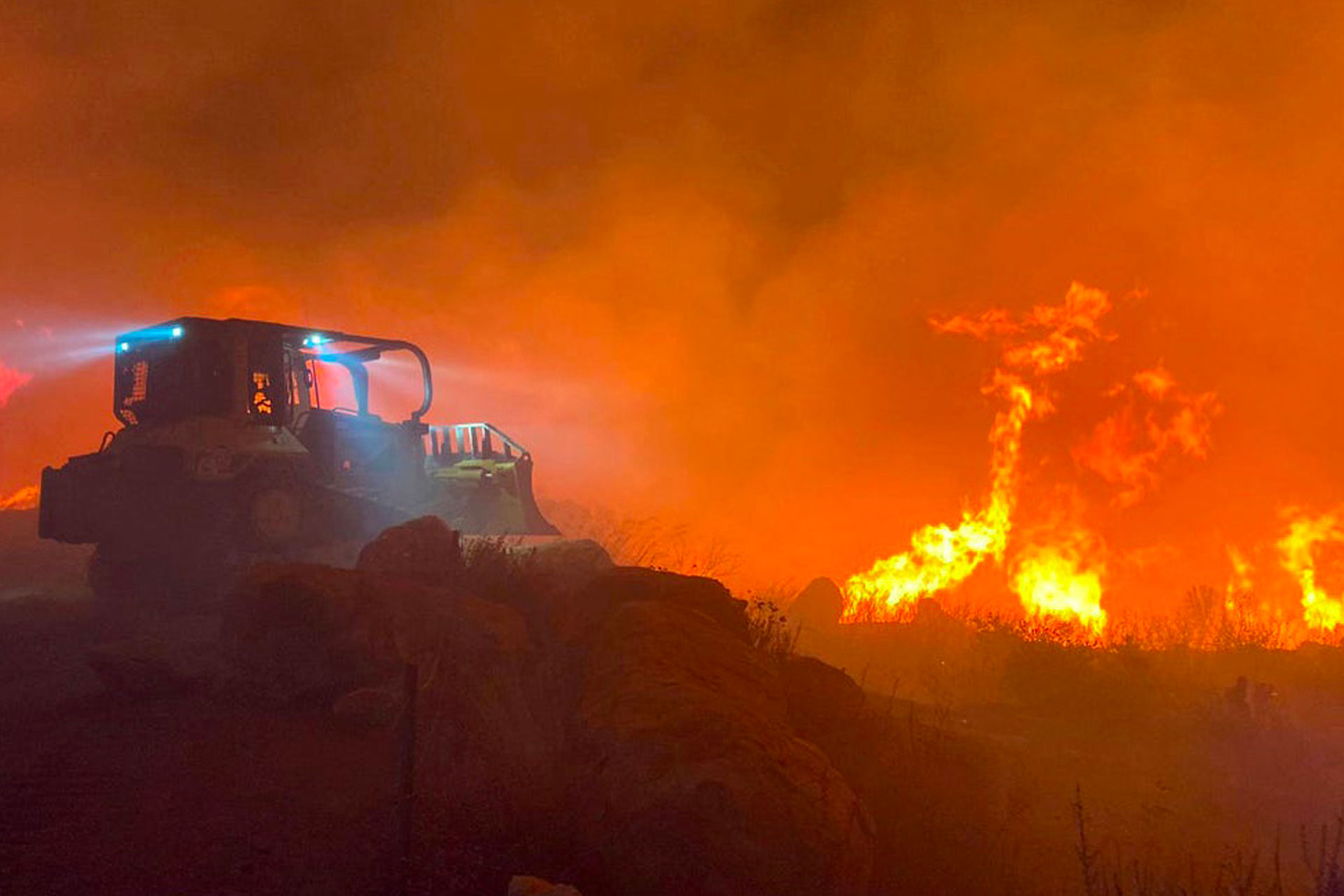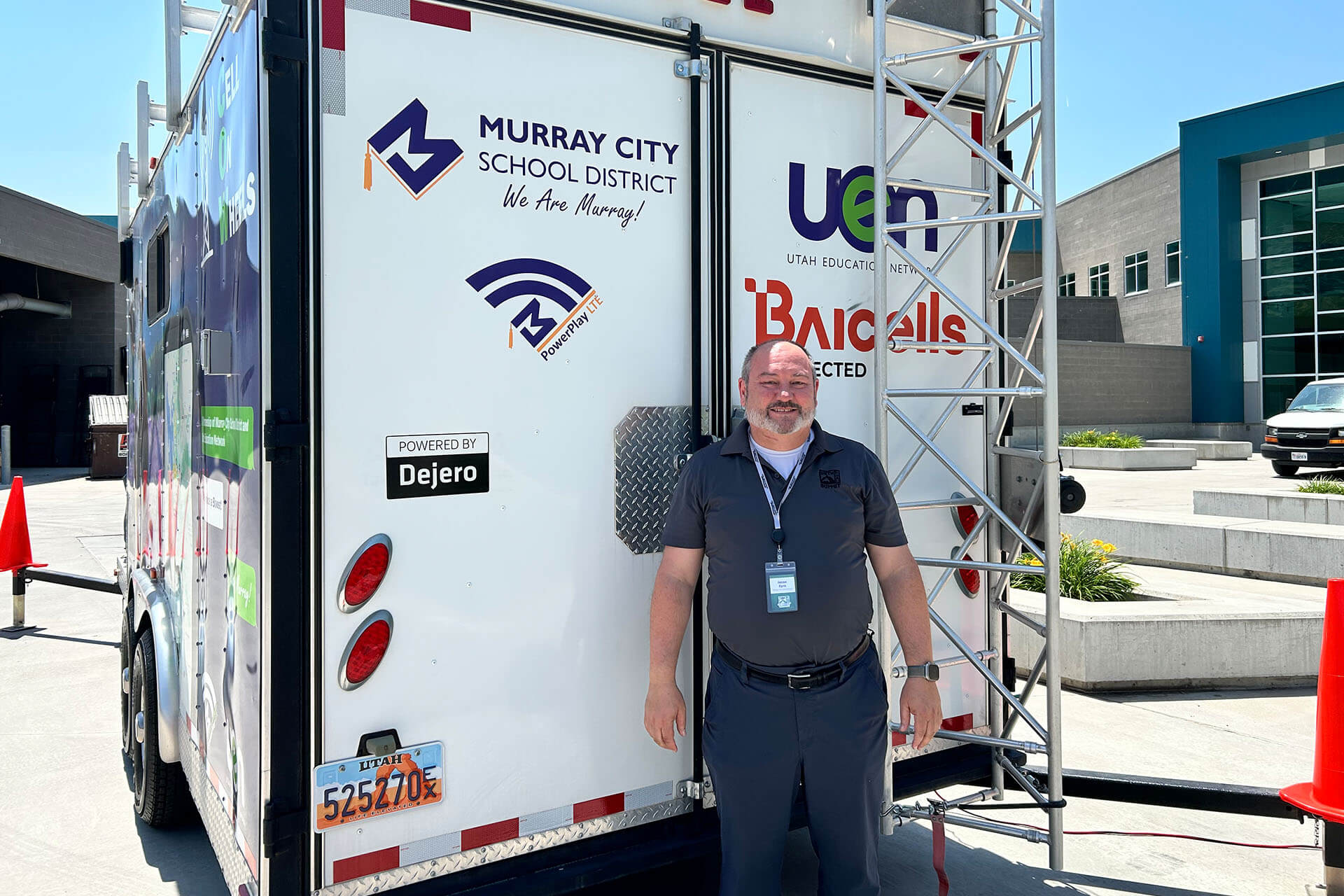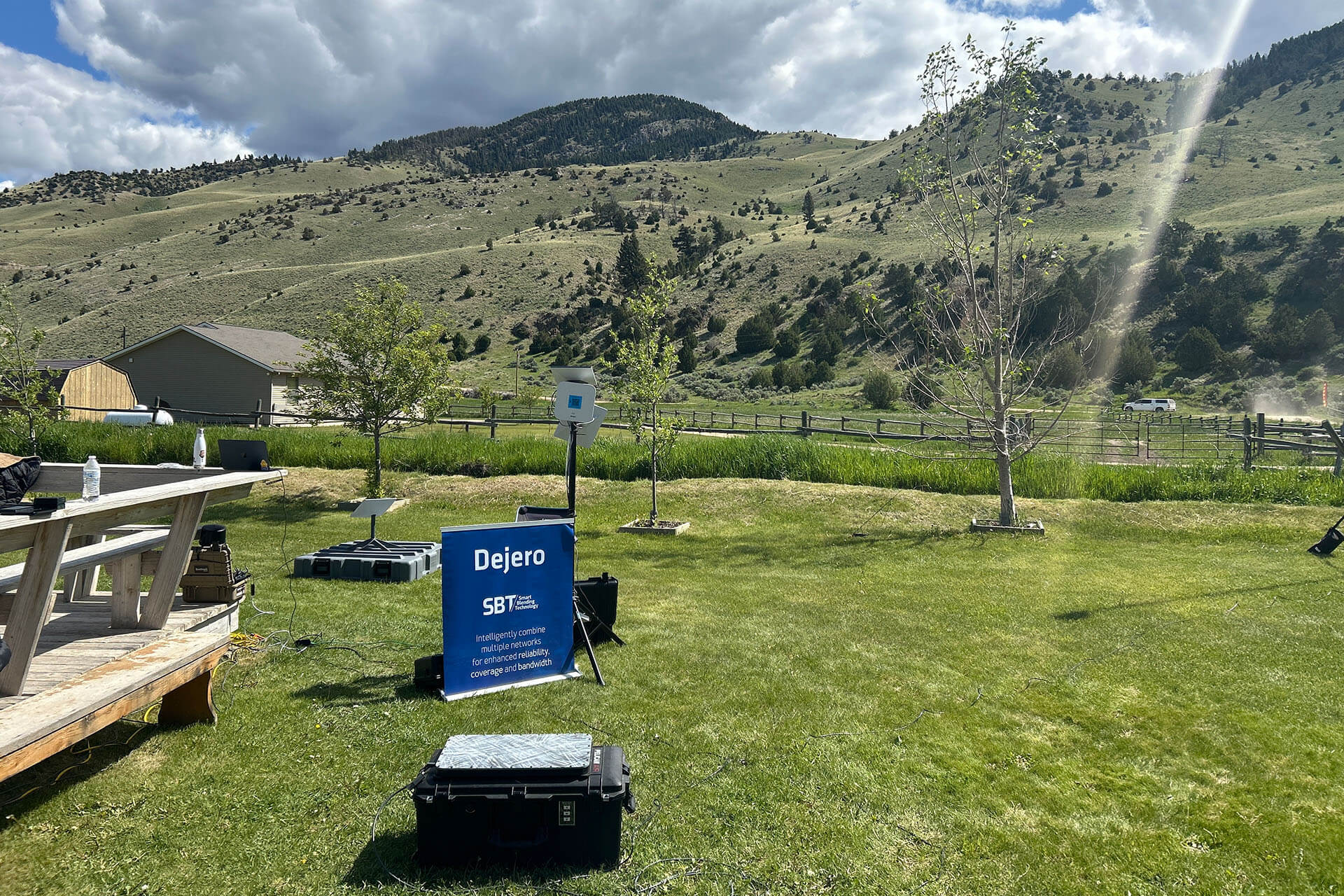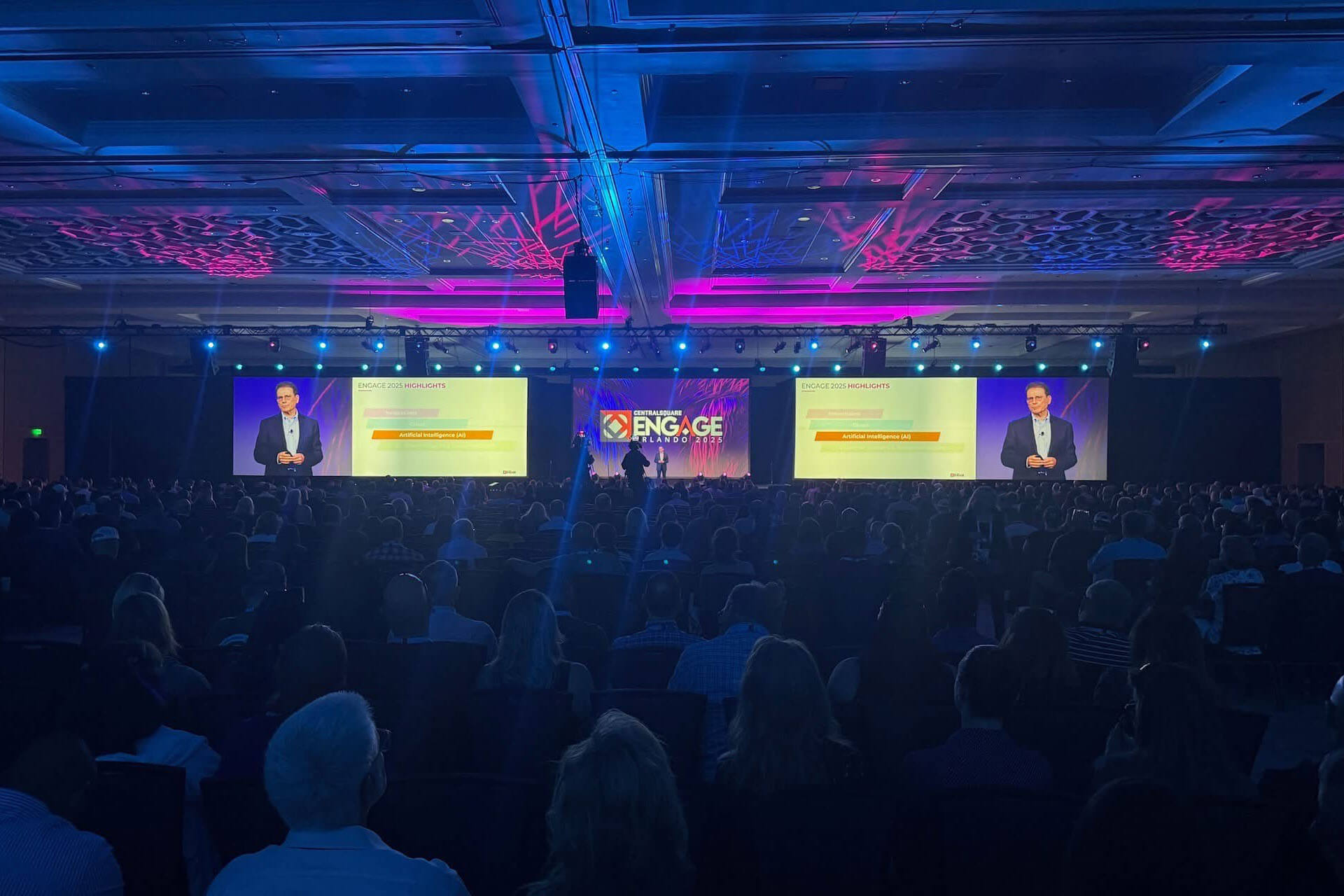*this blog post was originally written and published by Rajant
Shortly after 4pm on Thursday, October 17, 2019, the heat from the sun combined with winds gusting through the foothills of El Capitán Canyon in California sparked a brush fire in the overly dry desert hills. Word reached the emergency services and crews from the Santa Barbara County Fire Department, Cal Fire, the U.S Forest Service, and other agencies who were immediately dispatched to contain the blaze before it spread.
The climate in the canyon at the time of the blaze was considered “critical fire weather” with its dangerously dry grass and wind gusts of up to 40 mph. These conditions encouraged the wind-driven bush fire to spread swiftly through the foothills on the north side of Highway 101 near El Capitán State Beach, California.
At about that same time, Rajant Systems Engineer Zach Taulbee and Mike Kemp, Rajant Sales Director for Eastern U.S. and Public Safety Sectors were traveling from their respective home states to LAX to meet with the Santa Barbara County Fire Department with Jared Brody of Dejero and subject matter expert Bruce Arvizu of the Department of Homeland Security who were driving to California together in a Microsoft Azure Mobile TAC Vehicle. The four were teaming up to deliver a live safety demo to the fire chief on how the companies can provide the total communications solution by using mesh radio communications, bonded cellular, and satellite technologies to bridge the communication gap in locations where signals are often dropped and lost.
The planned public safety demo was to show how the blending of Rajant’s technology with Dejero SBT eliminates drops and gaps. While LTE networks provide high bandwidth, lower latency, and improved spectrum efficiency, LTE can also become spotty and drop signals in remote locations and other areas. Dejero’s Smart Blending Technology (SBT) fills in these gaps in the Wide Area Network by seamlessly blending any available LTE with SAT comms to guarantee a connection for the responding teams. Signal continuity becomes even more challenging in valleys, around mountains, and along coastlines, which becomes mission-critical when emergency services are responding. Rajant’s mesh radio technology bridges the gaps in these local areas. When the three technologies are used together, a continuous and reliable connection is provided, ensuring that communications between the responding agencies and their teams in the field is not lost.
Meanwhile, as the two teams were traveling, a good stretch of the 101 Freeway was being shut down in both directions and Amtrak routes through the area were canceled. Visitors at nearby campgrounds, beaches, and resorts were being evacuated, and an evacuation warning was given to residents living in the Dos Pueblos, Refugio, and Winchester Canyons.
At the El Capitán canyon, more than 200 firefighters were on site fighting the fire, now dubbed “Real Fire”, and reinforcing containment lines with helicopters and drones in the air and bulldozers on the ground.
These 30-ton dozers, traveling four to six miles per hour, were manned by trained firefighters to plow through the dirt and danger to control the fire by cutting out “catlines” and uprooting vegetation, thus eliminating the food needed to fuel the fire.
By plowing through the flames, brush, and trees with the dozers, the emergency crews save valuable manpower and shorten the fire’s reach and life. And with the very limited visibility due to the flames and smoke, firefighters often guide the dozers through the terrain with the help of data from both terrestrial and aerial sources, such as the helicopters and drones. On this particular mission, Overwatch was flying 24-hour aerial missions to provide critical mapping and weather information, as well as a real-time view of the fire itself.
When fighting fires with bulldozers, it is critical for the commander in control to receive data from each dozer to manage fighting the fire collectively as a team and to track each dozer individually, since there is a firefighter in each who could become trapped by the fire’s erratic behavior. As much as the dozers are cutting the fire line, they and their operators are also a source of vital information. Combined with “eyes in the sky” and real-time mapping data, the best possible situational awareness can be fed to the command post or emergency operations center to stay ahead of the fast-moving fires, which are unpredictable and change at the whim of weather and other variables.
Situational awareness fed by data sets from the fields and other sources is critical, but safety is paramount. Frequently, it can be difficult during a fire for the firefighter to relay a message or their exact position to the control center. Hence, each bulldozer is equipped with video, communication, and other critical apps to assist. All of the data is then transmitted back to the command control center where the fire operation is managed remotely.
After team Rajant and Dejero settled into their hotels in Santa Barbara, word came from the command control center on front fire lines that the demo for Friday morning was off due to the fire. There were still too many uncertainties, and the blaze was only 20% contained.
Taulbee, Kemp, Brody, and Arvizu quickly proposed to the fire chief the benefits of still meeting at a time of crisis and allowing Rajant and Dejero to modify their presentation from a demo to a real-life exercise. Rajant BreadCrumbs could be mounted to the bulldozers so the critical local data could be transmitted while other situational data and mapping could be revived in the field. Dejero SBT would power the Microsoft Tactical Truck and provide the bridge from the field to the command post over cellular and SAT networks, during this actual emergency situation. Notably, the SAT comms on the vehicle was to be powered by Kymeta’s flat-panel dish technology, enabling true “comms on the move” to best leverage Rajant’s Kinetic Mesh®.
The updated mission was greenlighted, and all was a go for following morning.
On Friday morning, Rajant and Dejero meet with the fire squad at the command control center. Rajant BreadCrumbs and camera systems were mounted to dozers while the Microsoft mobile comms truck maintained a close, but safe, proximity to the dozers to provide LTE. The firefighters manning the bulldozers were able to communicate in the valley, when normally they could not. Data was sent from the bulldozers to the van to the internet where the command control center could receive the video feed. The real-life demo was a success.
By Monday, October 21, the Real Fire was 100% contained. Four hundred and twenty acres had burned with no structures damaged and no reported injuries.

